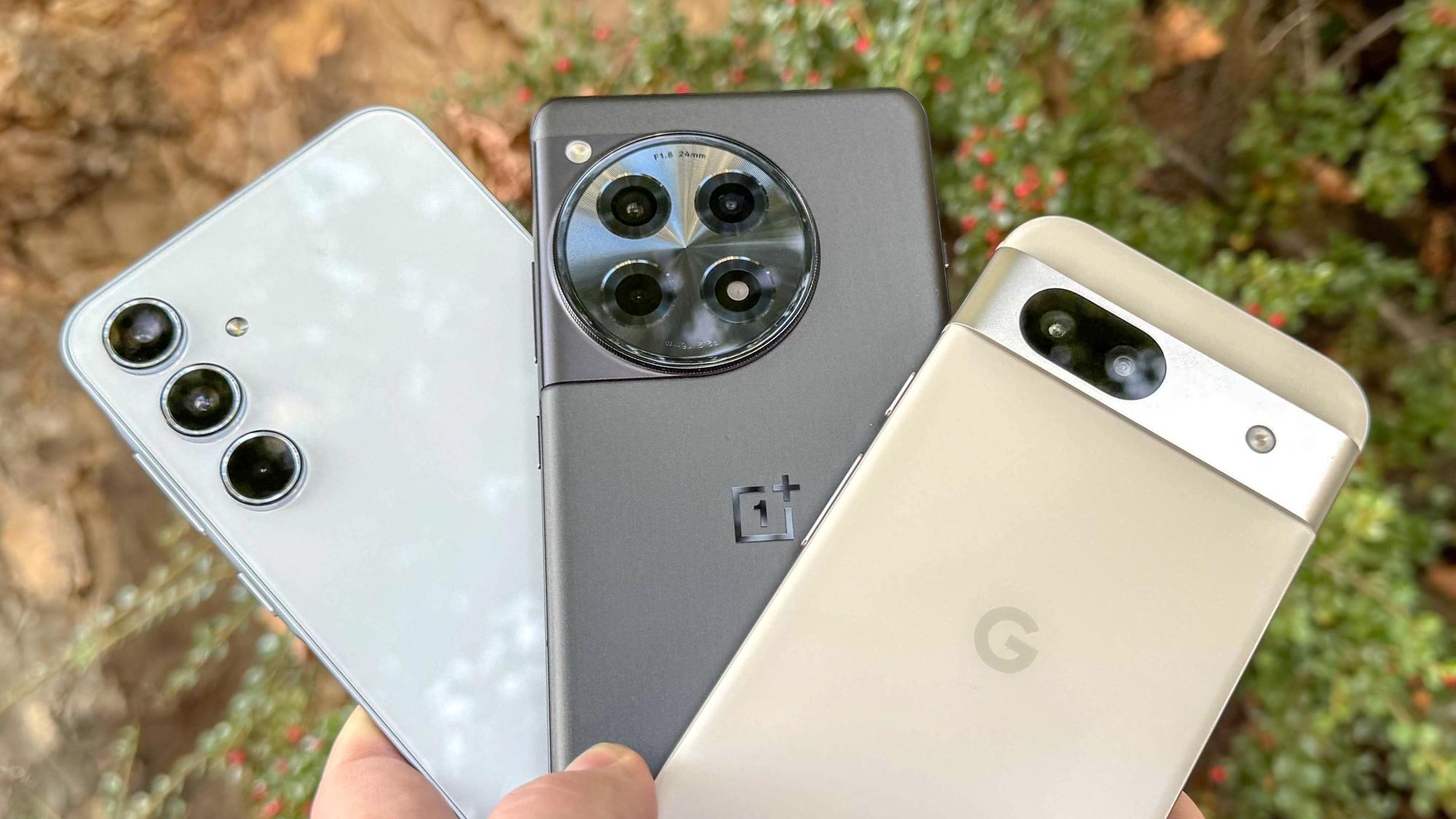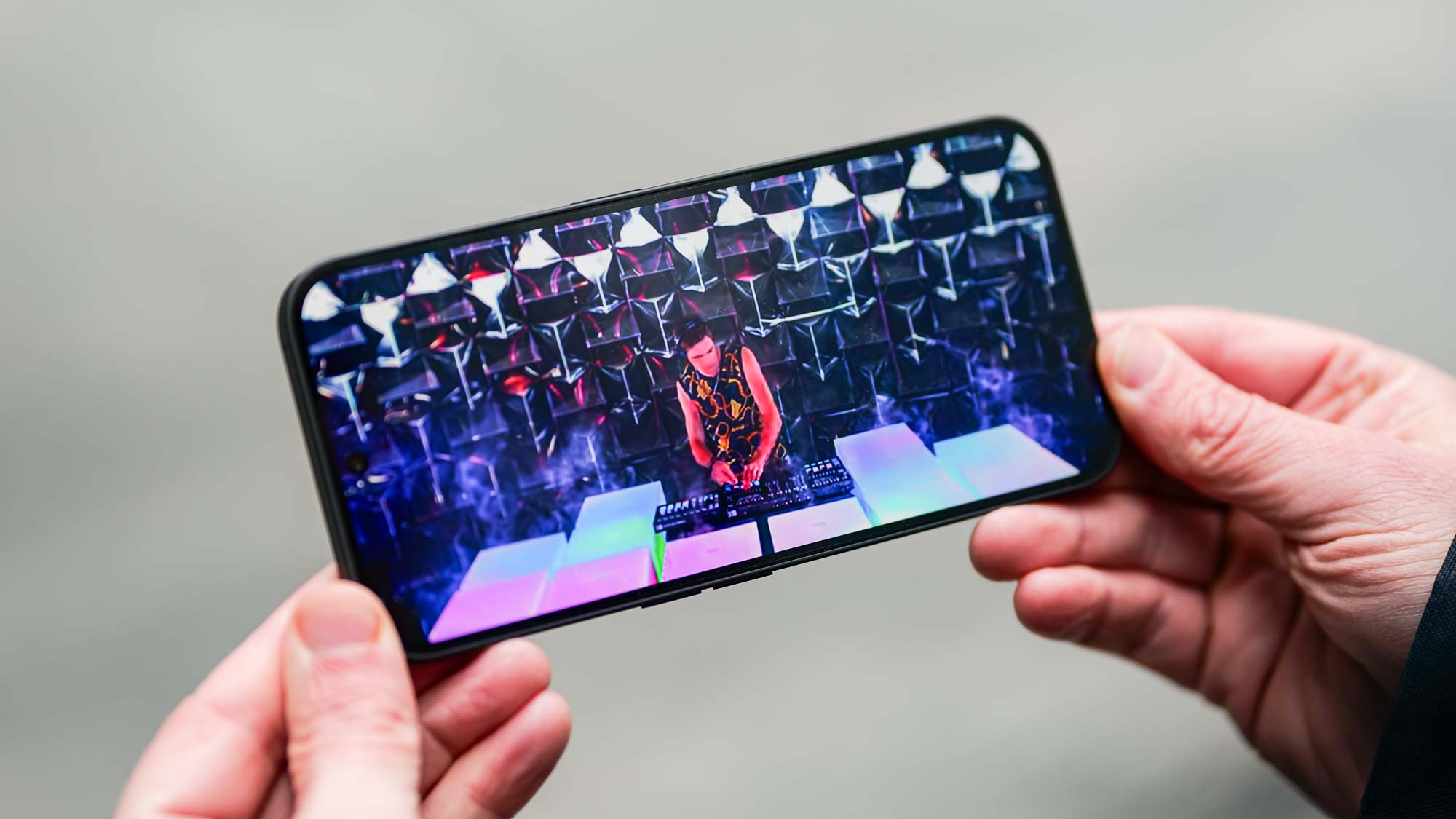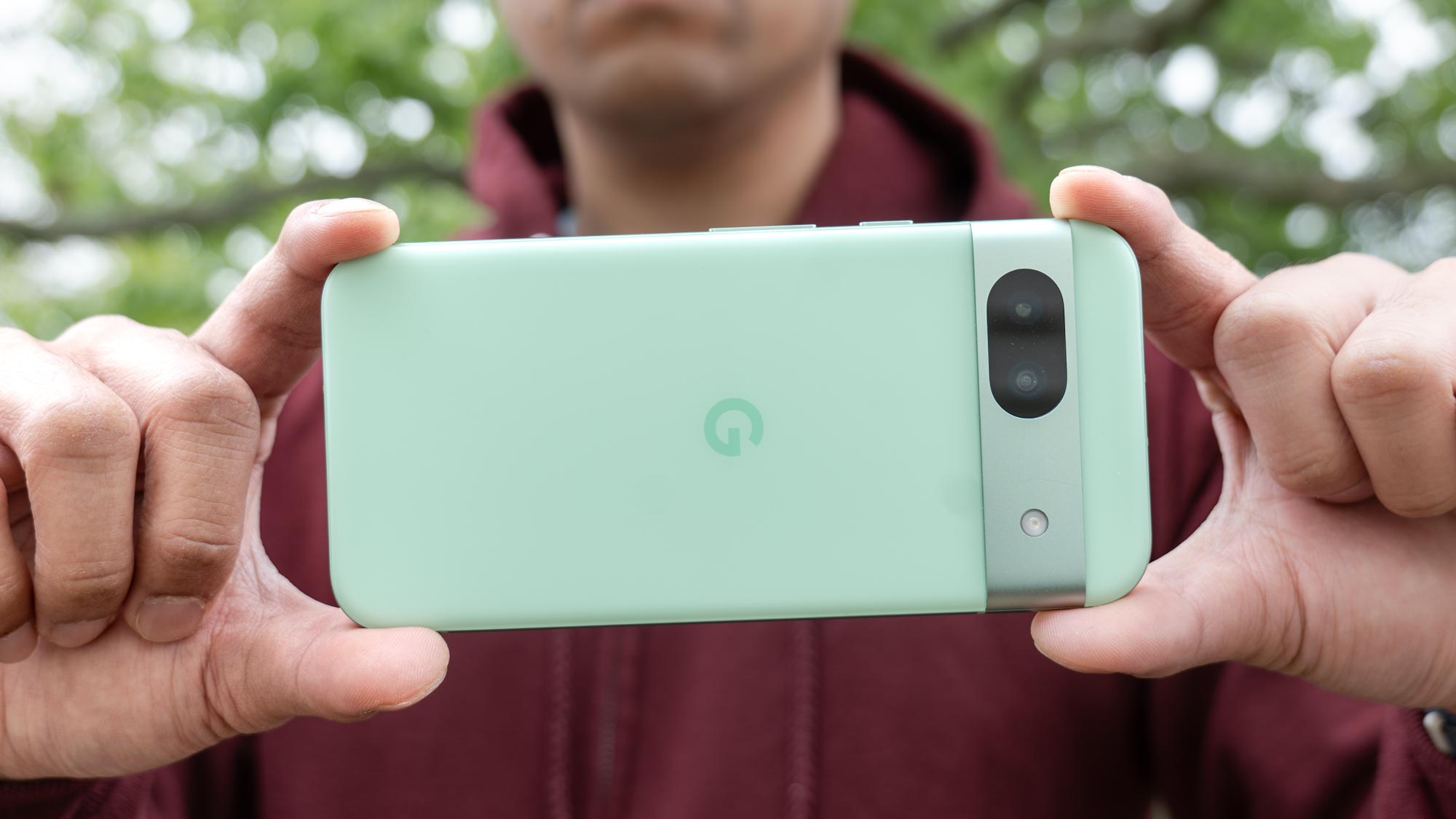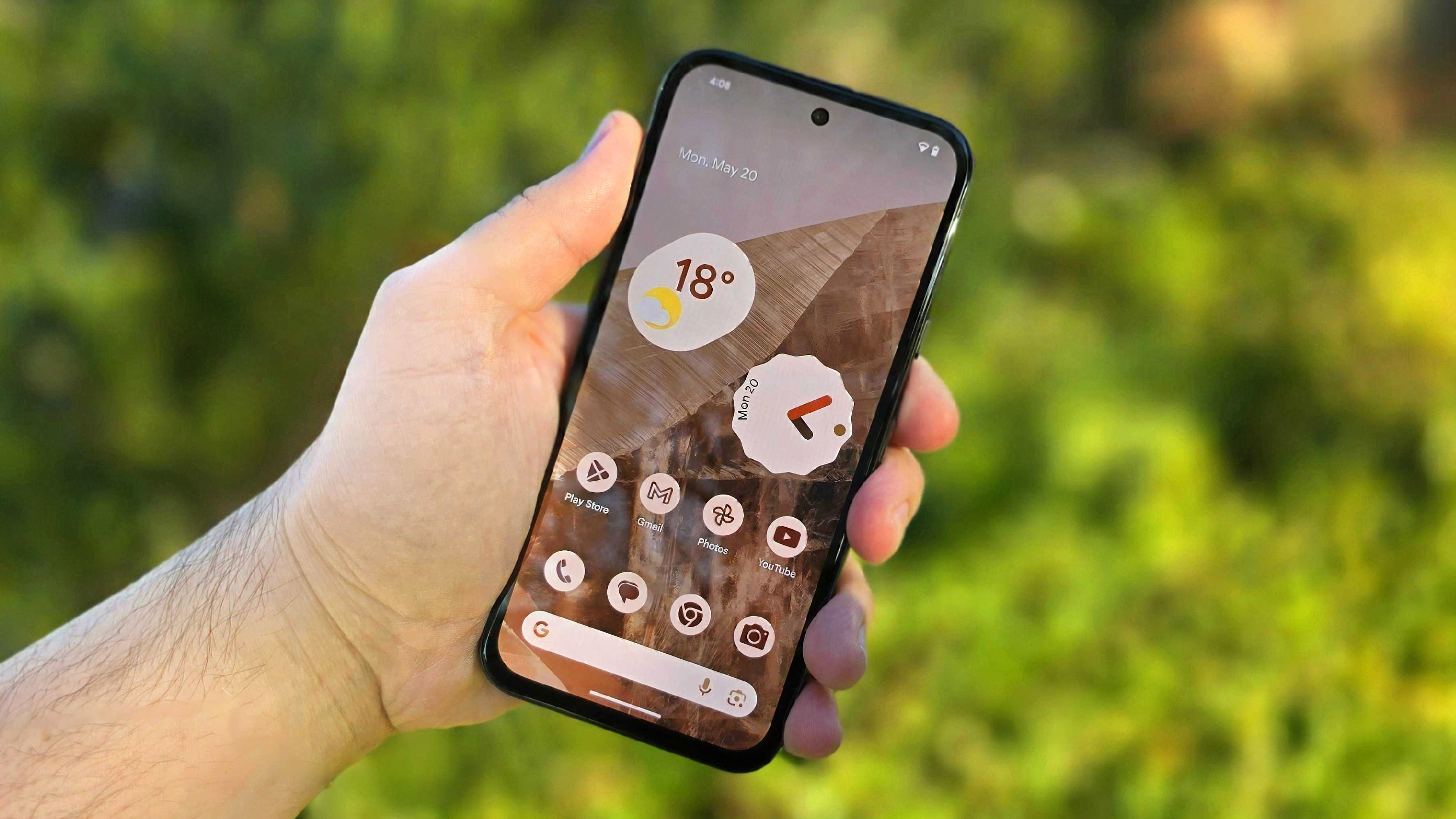
When it comes to looking for the best cheap phone, it might be tempting to focus on the price tag first and give short shrift to the device's other features. After all, the whole purpose of opting for a less expensive model is to save money, right?
I'm here to tell you that approach is a mistake.
Yes, price is certainly a key factor when assessing whether a cheap phone is a good buy. But there are other things to consider as well — including some areas you just shouldn't compromise on even when it comes to lower-cost handsets.
Before I wrote about technology for a living, I worked in retail, selling phones of all kinds. And that experience gives me some perspective on what people look for when shopping for a phone, and how their expectations for what a cheap phone has to offer may not match with what's actually available.
There's some good news — phone makers have found ways to work more premium features into midrange phones in recent years, so that devices like the Pixel 8a and OnePlus 12R actually deliver a lot while still costing less than $500. And with phones of that quality to choose from, that means you have a better chance of picking up an affordable device that doesn't skimp on what really matters.
In my experience, these are the smartphone features you shouldn't compromise on, whether you're shopping for a cheap phone or not.
Pay attention to the display

The first thing to always be aware of is screen quality, especially when it comes to durability. In the past, it would have been normal to expect a cheap phone to have a much worse screen than a higher-end model. However, that just isn't the case anymore.
For instance, the Pixel 8a is our top pick for cheap phones, and it has an OLED screen. Two Pixel 8a alternatives — the Galaxy A35 and Nothing Phone 2a — use AMOLED panels. That's a fairly high-end spec and quite a change from the days when LCD was the screen of choice for cheaper handsets.
For that reason, when you're shopping for a cheap phone, don't skimp on the screen. Sure, there are devices that cost much less than the three phones I mentioned above, but they won't be that pleasant to look at or use. It's not just the quality of visuals on the display, but it's also how well the screen responds to inputs. Trust me, the last thing you want is a phone with a slow response time.
Thankfully, though, phone makers are using better displays these days, particularly on midrange devices. The one area where cheaper phones may not measure up to their premium counterparts is brightness. High-end flagships tend to get blessed with much brighter screens that are easier to see in harsh outdoor lighting. That said, we measured the Pixel 8a at 1,378 nits, which outshines a lot of phones in its price range.
Consider camera specs

Peruse our list of the best camera phones, and you'll see the usual array of high-end flagship devices. But there's also a more affordable offering in there — the Pixel 8a. And it's not the only sub-$500 option that can hang with more expensive camera phones.
Yes, phone makers save their best optics for their premium offerings. But the days of cheap camera sensors being the best you can hope for in a lower-cost phone are long over. For instance, the Nothing Phone 2a and OnePlus 12R come with a 50MP main camera while the Pixel 8a has a 64MP shooter. In other words, there's no reason to accept a cheap phone that doesn't bring a lot of megapixels to the party.
Lenses beyond the main camera can be a little tricker, as ultrawide shooters on cheaper phones tend to have lower megapixel ratings. It's also very rare to find a dedicated telephoto lens on a cheap device — the Galaxy S24 FE has one, but at $649, its price is dangerously close to flagship territory.
As we often say in assessing phones' cameras, it's not just the hardware, though, but how devices process the images you capture that makes for a great camera phone. That's why the Pixel 8a is a particularly strong contender in this area, as it benefits from Google's photo processing expertise to turn out some great looking shots that look like they were captured by a much pricier device.
AI isn't just for expensive phones anymore

When we think of phones these days, it's impossible to ignore artificial intelligence and how more phones are turning to AI to power features. That's certainly true on the flagship front, where AI capabilities have been central to this year's Galaxy S24, Pixel 9 and iPhone 16 launches. But AI is finding its way to cheaper phones, too.
Again, the Pixel 8a is a leader in this regard, as it has the same Tensor G3 chip that powered Google's Pixel 8 flagships. That means the Pixel 8a supports the same AI capabilities introduced on those phones, with features including Call Assist, where the Google Assistant fields your phone calls, and Circle to Search for looking up things just by circling an image. AI-assisted photo editing tools are available in the Pixel 8a, too.
But Google isn't the only one adding more AI to its cheaper phones. Samsung extended its Circle to Search feature to A Series midrange devices like the Galaxy A35. And rumors heavily suggest that the iPhone SE 4 set to arrive next year will support the Apple Intelligence features coming to flagship iPhones this month.
It's true that not every AI feature is going to find its way to cheaper phones. But this is no longer something you automatically have to write off should you plan to get a less expensive phone. Just look for phones with the right amount of RAM — 8GB will do the trick — and a powerful-enough processor. Any Pixel A Series phone powered by a Tensor chip will do, and you'll need an iPhone with an A17 Pro or better. For other Android phones, the Snapdragon 8 series has the processing power to handle AI, and we expect to see more MediaTek Dimensity chips powering AI features in cheaper phones, too.
Cheap phones outlook
The truth is that buying a cheap phone will always mean making some hard decisions on features and hardware. The items above may come at a premium, but you can still find them in relatively affordable devices. Those phones may not feature all the latest and greatest bells and whistles, but if you hold the line on the display, cameras and AI capabilities, you won't be disappointed with your purchase.







